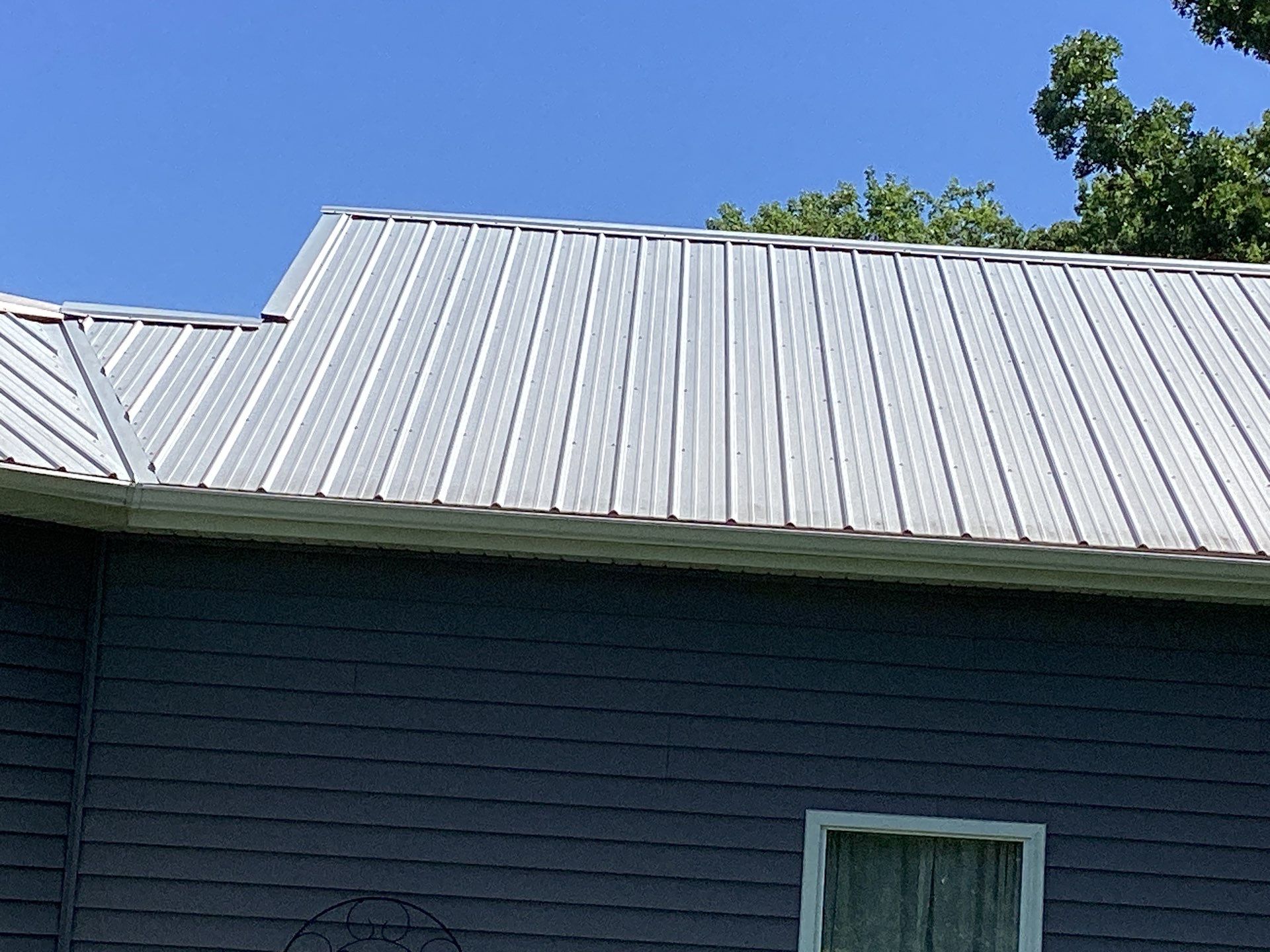The question of how much weight a patio roof can hold is one that homeowners and building professionals alike often face. This article will provide an overview of the factors to consider when determining the load capacity of a patio roof, as well as some examples of specific calculations based on certain assumptions. It will also explain the importance of considering local building codes in order to ensure safety and compliance with regulations. By understanding these factors and calculation methodologies, readers should be better equipped to make informed decisions about their own patio roofs.
Patio roofs are typically made from materials such as wood or steel and may be designed for various purposes including protection from inclement weather or simply aesthetic appeal. When deciding upon an appropriate material for a patio roof, it is important to understand not only what type of load it must bear but also any restrictions imposed by local building codes which regulate the strength requirements for structures in particular regions. Additionally, considerations need to be taken into account regarding wind speed, snow accumulation, seismic activity or other potentially destructive forces that might affect the structure’s integrity over time.
Definition Of A Patio Roof

A patio roof is a type of structure that provides shelter for an outdoor living space. It can be freestanding or attached to the home and constructed from various materials such as wood, metal, plastic, fibreglass, and composite material. The patio roof’s design will depend on factors like local weather conditions, budget, building code requirements, aesthetic preferences, and when applicable – homeowners association regulations. Patio roofs come in many shapes and sizes ranging from simple gazebo-like structures with peaked roofs to large flat-roofed pergolas covered by canvas tarps. In addition to providing coverage from sun and rain they also provide privacy and can be used to hang plants or string lights.
Calculating The Load Bearing Capacity
Patio roofs are designed to hold a certain amount of weight. This can depend on the type of material used for construction and how it is put together. In order to determine how much weight a patio roof can hold, several calculations must be done. These include calculating the live load, dead load, snow load, wind uplift, shear force and bending moment.
Live loads refer to any additional weights that may be added over time such as furniture or plants. Dead loads are static weights due to the structure itself while snow load takes into account the additional weight from accumulated snowfall in regions where it occurs frequently. Wind uplift considers forces acting against the roof due to high winds while shear force relates to resistance when attempting to slide one part of the roof past another horizontally. Lastly, bending moment accounts for flexing along horizontal axes which could cause structural damage if too much pressure were applied.
Using all these calculations enables engineers and contractors to know exactly what kind of materials should be used and how they should be assembled in order for the patio roof withstand its intended purpose without risk of collapse or damage. Additionally, this information also helps homeowners understand their patio’s maximum safe capacity so that they do not overload it with unnecessary items or activities which could lead to disaster down the line.
Factors Affecting Weight Capacity
When considering how much weight a patio roof can hold, there are several factors that must be taken into account. The size of the patio and the materials used for construction are two important considerations. For patios with larger surface areas, more material is needed to ensure structural integrity which in turn increases the amount of load that it can bear. On the other hand, if lighter-weight materials such as aluminum or PVC are used, then the total weight capacity will be limited.
Other factors such as wind speed and direction should also be accounted for when estimating maximum load capacity since strong winds could cause additional stress on supporting structures. Furthermore, any snow accumulation during winter months must be considered to avoid damage due to excess loading. Taking these elements into consideration can help determine an accurate estimate of how much weight a patio roof can safely hold.
Building Materials For Patio Roofs
The weight capacity of a patio roof depends on the type of material used. Different building materials have different characteristics, making them more or less suitable for use in patios. For example, metal is often used due to its affordability and durability, but it may be too heavy when supporting large amounts of snowfall. Wooden beams are lighter than metal yet able to support heavier loads. However, they require regular maintenance such as staining and sealing to prevent rotting or warping over time. Lastly, composite materials like fiberglass offer a lightweight alternative that can resist moisture damage better than wood does; however, these options tend to be more expensive compared to other materials. Depending on the local climate conditions and budget availability, homeowners should carefully consider which material best suits their needs before beginning construction.
Snow Load Considerations

When it comes to determining how much weight a patio roof can hold, snow load considerations should be taken into account. The amount of snow that accumulates on the roof depends greatly upon its location and climate; thus, it is important to determine what kind of snow loads your particular area receives. Additionally, the type of material used for construction plays an integral role in determining just how much total load the roof can handle. For instance, roofs made with materials such as metal or aluminum are typically better able to withstand heavier amounts of snow than those constructed from wood or fiberglass panels. Lastly, local building codes will often provide additional information regarding required structural support for certain types of roofs and snow loads encountered within specific geographical areas. With these factors in mind, it is possible to make an educated guess about the maximum amount of weight a given patio roof can safely carry without compromising its integrity.
Reinforcement Techniques To Increase Strength
The weight that a patio roof can hold depends on various factors, such as the material used in its construction and how it is reinforced. There are several techniques to increase the strength of a patio roof by reinforcing its components with additional materials. Utilizing these strategies may help ensure the structure can withstand heavy snow loads.
One method for reinforcement is to use steel beams or rods along the trusses of the patio roof. This strengthens the horizontal members while providing support against lateral forces. Additionally, adding extra rafters or purlins increases both vertical and horizontal stability under load. These reinforcements should also be connected securely at their intersection points to distribute stress evenly throughout the entire structure. Finally, applying an adhesive sealant between overlapping joints helps prevent water infiltration which could weaken wood over time due to rot and decay. With careful consideration given to all aspects of design during construction, a patio roof will have adequate strength to carry large snow loads safely and securely.
Professional Structural Evaluations
In order to determine the amount of weight a patio roof can hold, it is important for a professional structural evaluation to be conducted. A structural engineer will evaluate the current structure and provide an assessment as to its capacity for bearing additional loads. This includes assessing such factors as span length, beam depth, material types and connections between components. The engineer may also make recommendations on ways to strengthen existing structures or suggest alternative materials that are better suited for supporting heavier loads.
Furthermore, they may advise on appropriate safety measures when dealing with potentially hazardous conditions associated with heavy-duty use of patios roofs. Once these evaluations have been completed, homeowners will then know how much weight their patio roof safely holds and can take action accordingly.









